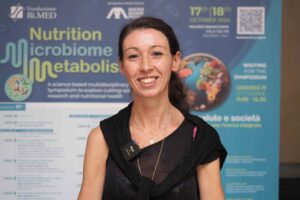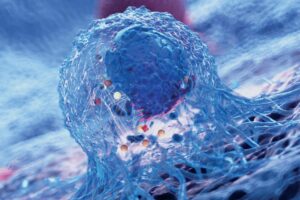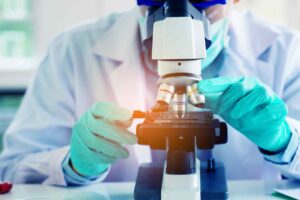The demands of today’s microbiology confront every microbiologist with a dilemma. On the one hand, a sample should be analyzed as precisely as possible for the presence of specific bacterial species and genera. On the other hand, only indirect methods seem to be available: The outdated gold standard, cultivation on artificial culture media, and modern methods such as PCR or 16S rDNA amplicon sequencing.
However, all three methods are based on flawed assumptions:
- Cultivation assumes that as many bacteria as possible grow on artificial culture media and that there are no differences in the nutrient utilization of the cells
- PCR assumes that DNA can be extracted equally well from all cells, that all cells have been captured, that it is irrelevant whether a distinction is made between living and dead cells, that one DNA strand corresponds to one cell, and that quantification using an artificial calibration curve can map the complexity of a sample
- 16S rDNA amplicon sequencing, on the other hand, assumes that the conditions mentioned above for PCR are met and that the number of sequences correlates with the number of microorganisms
All three assumptions are wrong. Fundamentally wrong.
The attempt to map microbial reality using these indirect methods is comparable to the bizarre contortions one would have to make if one tried to pick up a soccer ball from the ground without using the arms.
So, the question must be allowed: Why make contortions using indirect methods when you can do it directly? Or, to give another bizarre example, is the number of inhabitants of a country determined by the number of breakfast eggs eaten? In fact, the population census uses direct methods. This should also be the case with microbiology if there is an interest in determining the reality of microbial samples.
However, this is precisely what it is all about when, for example, microbiome analyses are carried out to establish a causal correlation between diseases and microbial population changes. Or the number of living probiotic microorganisms in probiotics is to be specifically detected. There are numerous examples of applications where microbial reality plays a role.
Fortunately, there is a method that makes it possible to fully represent microbial reality: Fluorescence In Situ Hybridization (FISH). This involves designing oligonucleotide probes that target bacterial species, genera, or entire populations. These are introduced into the cells of a sample in a stringent environment. After a washing step, in which all unbound gene probes are removed, only those microorganisms that have been specifically detected begin to glow when excited with high-energy light.
This direct method has significant advantages over indirect methods:
- Cells and entire populations can be visualized in the biocenosis
- No extraction processes take place; instead, whole cells are visualized
- Only living cells are recorded
- The cultivability of the microorganisms does not play a role
- The quantification is direct: the cells can be counted directly in the sample: one counted cell corresponds to one cell in reality. Direct correlation in its purest form
- The specificity of the gene probes is based on the phylogeny and thus corresponds to the natural relationship of the microorganisms
- No contamination can occur during the analysis
- The company vermicon has been working with this direct microbiology for over 25 years. As the inventor of the VIT® gene probe technology, which represents the industrial standard of fluorescence in situ hybridization, it enables the representation of the reality of microbial samples in the highest quality in the form of services and products.
Through the use of direct microbiology, an entirely new approach to the microbial universe is achieved.
The door to microbial reality is opened wide.
Content sponsored by vermicon AG













